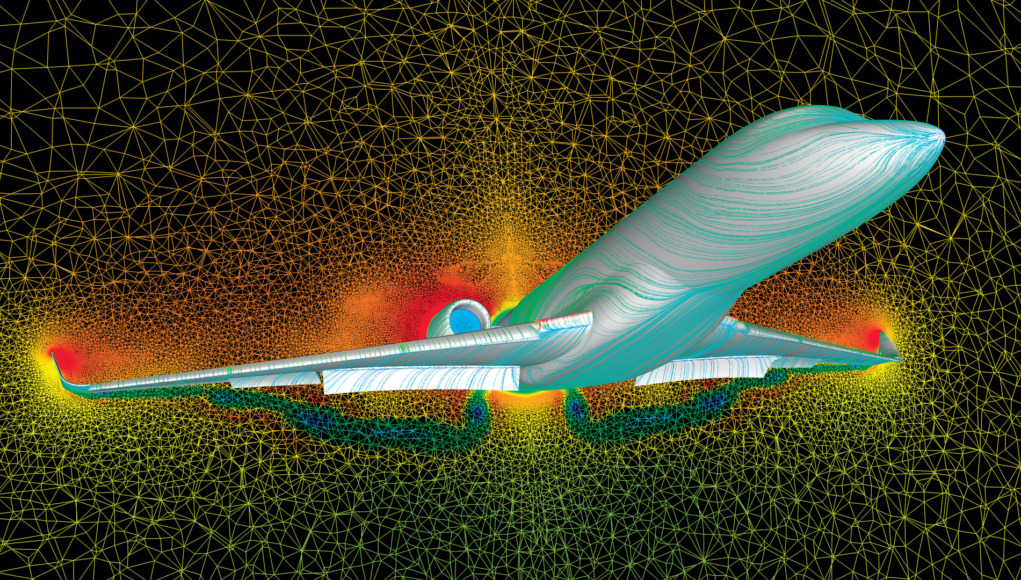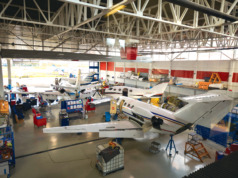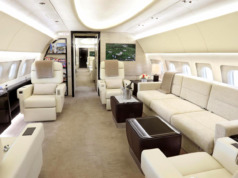Your whole executive team is stuck in a remote location – an unscheduled maintenance problem has grounded your aircraft. Your options? Get a ferry permit to move your aircraft to the nearest authorized maintenance facility, or, if it’s not able to fly, call in a remote maintenance team. Either way, it’s time you’re not flying, and not building your business.
Soon, there will be a third alternative: remote maintenance diagnosis via Virtual and Augmented Reality (VR and AR), which will enable skilled technicians to troubleshoot and supervise aircraft repair from afar. Using VR and AR technology, he or she can don a headset to inspect and manipulate aircraft parts and subassemblies without ever touching the aircraft (See “Your Beautiful Time Machine,” BAA May/June 2017).
These skills will become part of the training curriculum for the next generation of aircraft technicians. And the need for training is crucial today, since the flight crew personnel shortage also applies to highly skilled and experienced technicians.
While aging technicians are retiring, aging aircraft are not.
Dassault Aviation recognized that need in 2016. A team of Dassault engineers, headed by Igor Fain, spent the last three years developing a new tool: Falcon Immersive Practical Training.
“Others use ‘virtual’ training, but most of the time it’s simply 3D mockups on a regular screen,” says Fain. “Our tool is the first to use VR headsets for training, and the first capable of allowing so many people (one instructor and up to ten trainees) to work together in the same virtual world at the same time. There’s literally nothing else like it.”
The only tool of its kind, it is the first to use VR headsets for training. It also is the first program capable of allowing multiple technicians to gather in a computer-generated aircraft maintenance bay to train with an instructor, while they actually sit comfortably in padded chairs in a typical classroom setting.
Adapting Technologies to Current Needs
The VR tool was conceived by Dassault’s Patrice Kurdijian, Director, Service Center Network & Maintenance Training, who was looking for a way to improve training content and make it more practical. He’d noticed the advancements being made in virtual reality technologies and imagined combining them with Dassault’s Computer-Aided Three-dimensional Interactive Application (CATIA) 3D data.
Dassault now holds a patent for the techniques used to merge data from several different sensors (the headset and the infrared cameras) across multiple users, and to seamlessly display the result in a single coherent virtual world.
The system enables trainees to meet together with their instructor in a full CATIA digital mockup of the same virtual aircraft. It uses high tech VR headsets and sensors to allow the trainees and the instructor to see each other in the virtual world, together with their gestures and movements. Up to eleven people can be in the same location in the virtual world, including in the mechanical bay, in a fuel tank, or under a cockpit floor – a scenario not practical in the real world.
In addition to accessing difficult to reach locations, instructors can perform precise hand movements to better illustrate how to remove or install a component, and can supplement this demonstration with real, 360° photos that match the 3D mockup. Students can also virtually “see” areas of the aircraft that otherwise would be very difficult, time consuming, or even impossible to access. Using the CATIA data, an instructor can reveal the aircraft in layers, removing panels, showing the entire electrical or hydraulic system — all color-coded for easy identification.
Technicians trained using Virtual Reality soon will be available to help you have virtually uninterrupted use of your business aircraft to maintain face-to-face personal contact with your clients, customers, and business associates. It’s a brand new way to experience your aircraft. BAA
Business Aviation Advisor's content is presented by experts in all aspects of aircraft management: professionals knowledgeable in operations, legal and regulatory issues, insurance, aircraft finance, human resources, aviation real estate, charter and charter brokers, safety management providers and auditors, and third-party as well as owner aircraft management. These authorities provide Business Aviation Advisor readers with the most current and pertinent information they need to make the most effective and informed decisions about their business aviation investments.





